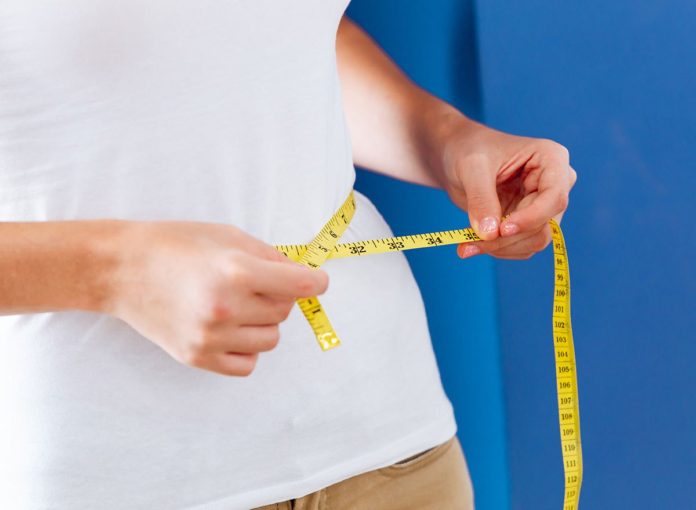Choosing the right kinds of fat can help you lose weight. Yep, you read that right. Healthy fats such as unsaturated fats (monounsaturated fats and polyunsaturated fats) are satiating, help you absorb vital fat-soluble nutrients, and fight inflammation—all aiding your weight loss efforts. But if you choose the bad fats that give dietary fat a bad rap, you’ll do your waistline a disservice.
To get the lowdown on the absolute worst fat to eat for weight loss, we spoke to Serena Poon, a leading chef, and nutritionist, and Esther Blum, MS, RD, CDN, CNS, dietitian, and author of Eat, Drink, and Be Gorgeous and Cavewomen Don’t Get Fat. Find out which foods you should avoid if you’re trying to trim down. (But be sure to stock up on The 7 Healthiest Foods to Eat Right Now!)
And the worst type of fat to eat for weight loss is…
The consensus is that saturated fat in conventionally-raised animals and man-made hydrogenated oils should be limited as much as possible if overall wellness and weight loss is your goal.
“With the ban of trans fats in the United States, people have shifted focus back to the oscillating opinions about the health of saturated fats. However, despite more recent research that may prove contrary, saturated fats—particularly ones that are found in meat, whole-fat dairy products, [and] fried and processed baked goods—are still considered potentially harmful to your health and should be consciously limited,” Poon says. “In addition to raising the levels of LDL (bad) cholesterol while suppressing HDL (good) cholesterol levels, saturated fats have been linked to increased inflammation, which can lead to serious and sometimes fatal conditions such as heart disease and stroke,” Poon tells us, adding that most foods made with high-fat conventional animal products, processed foods, and fast food also contain high amounts of calories and fat, which correspond to weight gain and fat storage.
In fact, a longitudinal study in the journal Nutrition, Metabolism & Cardiovascular Disease studied 16,822 adults aged 18 to 75 and discovered that increased intake of fatty red meat corresponded with abdominal obesity—a risk factor for metabolic diseases—and larger waist circumference. And another study in BMC Nutrition showed that out of the major food groups, meat intake is most highly correlated with the prevalence of obesity and weight gain.
However, that doesn’t mean you should cut red meat out of your diet altogether. Choosing grass-fed and grass-finished meat can actually aid your health and weight loss efforts.
“Depending on the breed of cow, grass-fed beef contains between two and five times more omega-3s than grain-fed beef,” Blum tells us. Omega-3 fats reduce inflammation and help stave off weight gain. “The average ratio of omega-6:omega-3 in grass-fed beef is 1.53:1. In grain-fed beef, this ratio jumps all the way up to 7.65:1.” What’s more, grass-fed and grass-finished beef is leaner than conventionally-raised meat, as well as contains more fat-burning conjugated linoleic acid (CLA), a naturally-occurring fat that helps your body burn fat, a study in the American Journal of Clinical Nutrition found.
While grass-fed and grass-finished meat is more pricey than the conventionally-raised cuts, Blum reassures that shelling out the extra cash will ensure you’re getting more nutritional bang for your buck!
RELATED: The 7-day diet that melts your belly fat fast.

